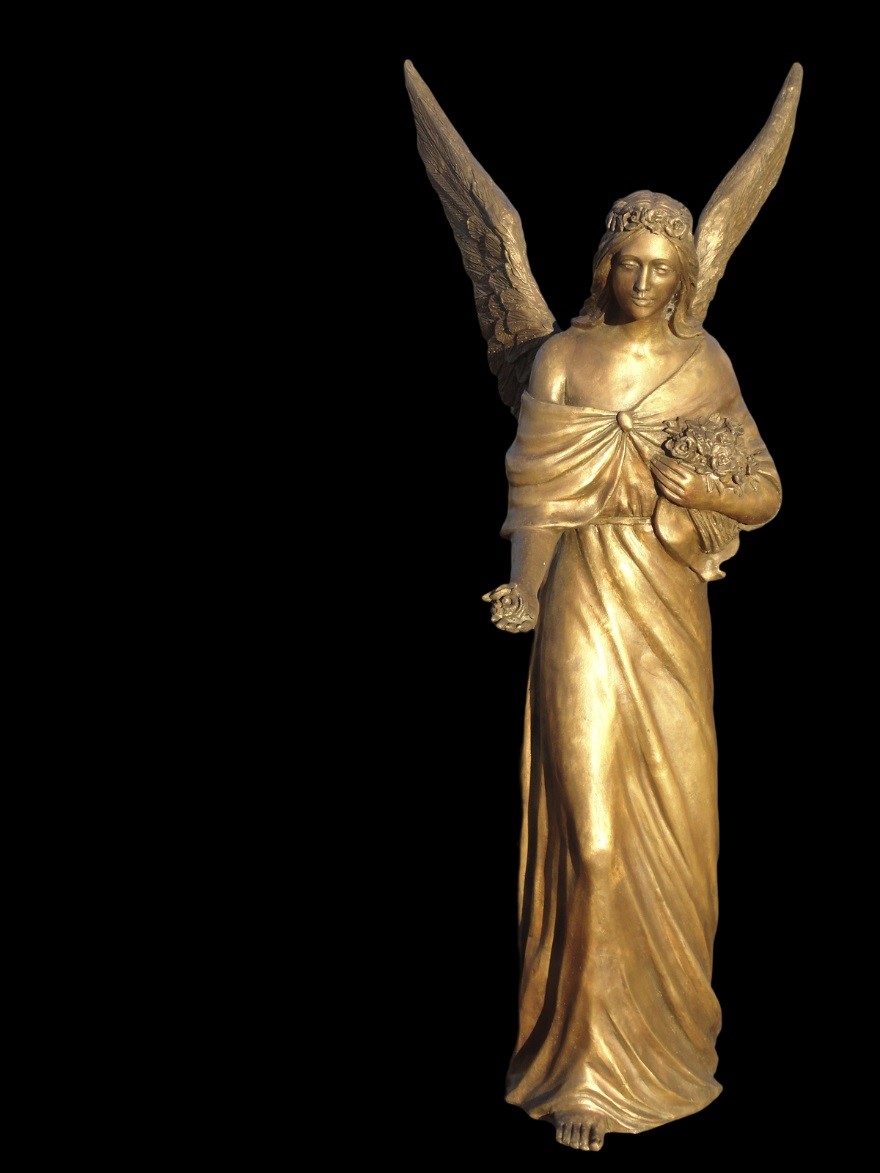When crafting sheet metal art, the quality of the material is as equally important as the creativity of the design. Ultimately, the quality of the metal determines the success of your creation. If your sheet metal art skills are in the developmental stage, follow some basic tips to advance your acuities.
The Right Sheet Matters
When using metal for art, you encounter a common question: Which metal is best for my project? Each poses its own pros and cons, course. But, it still pays for you to know which metal possesses the properties needed to create the form and dimension of your intended result.
Types of sheet metal widely vary in size, texture, thickness, and even color. This allows an artist to even mix and match choices for a particular project, as well as apply whatever technique the project demands. Generally, however, metals like bronze and brass conform most admirably with classical designs, while aluminum proves more conducive to modern or avant garde projects.
Working with Metal
The craft of sheet metal art comprises a variety of techniques and tactics. If a project requires a lot of bending and shaping, you want thin sheets for their malleability. Such a technique serves well for creating a standing sculpture or 3D displays. Just be careful when using a hammer or mallet for shaping or bending the metal, which must bend neatly to prevent unwanted creasing.
Meanwhile, grinding allows you to imprint intricate designs on a material. You can use manual grinding pads, spinning pads, or even handheld grinders. Because you’re working with tools and creating patterns, it’s wise to practice first. Whatever the case, it’s also wise to find your own trusted sheet metal suppliers to allow your creativity to flow without interruptions related to improper material.
If sculptures or engraved designs on a sheet are not required for your specific piece of art, coloring might be your technique of choice. With metals like bronze, copper, or steel, paint proves insufficient and it doesn’t employ the full capacity of these metals in regard to tone or color. Instead, torch your medium at a high temperature; you will be inspired by the intriguing and colorful natural patterns which emerge from this tactic. However, if the project requires some paint, you can incorporate the kind used on cars to bring your project to completion.
Explore other materials as well, such as square metal tubing, for other types of projects. A supplier, such as Rotax Metals, stocks a wide variety of sheet metal products to enable you to practice, perfect and produce your art.
Sources:
Sheet Metal Art for Beginners. mitchelldillman.com
Sheet Metal Art: Details, Specs, How-To Create Artwork With Sheet Metals. modernabstractdecor.com


